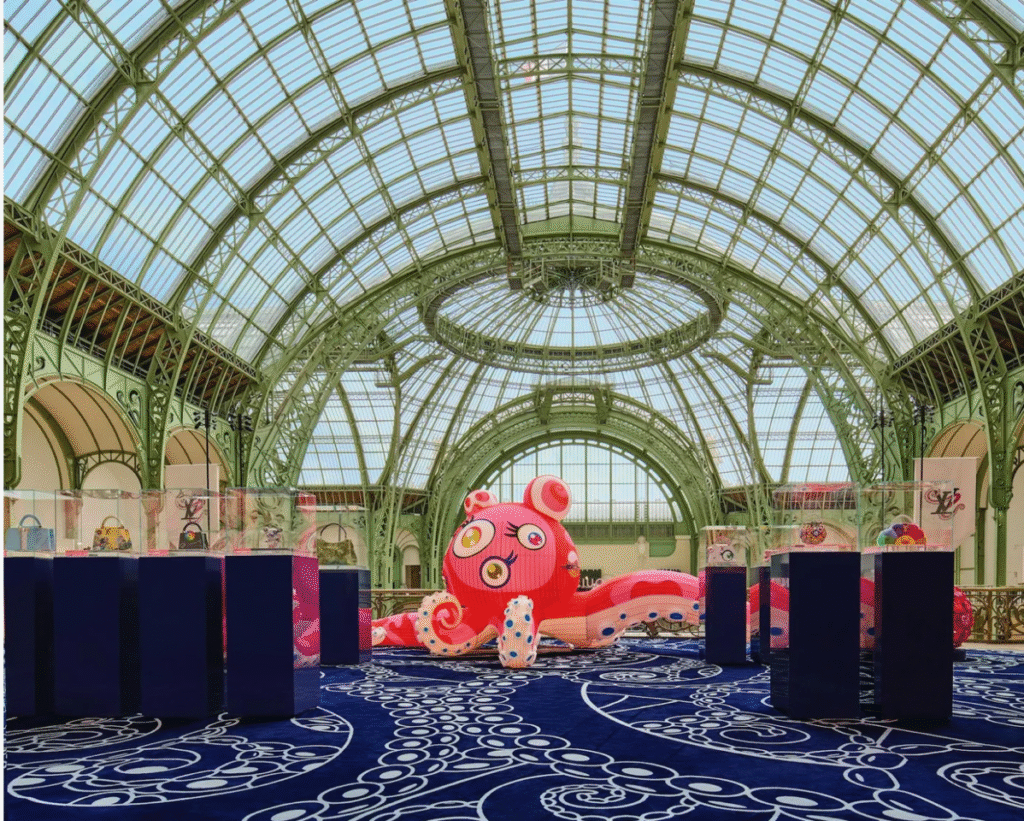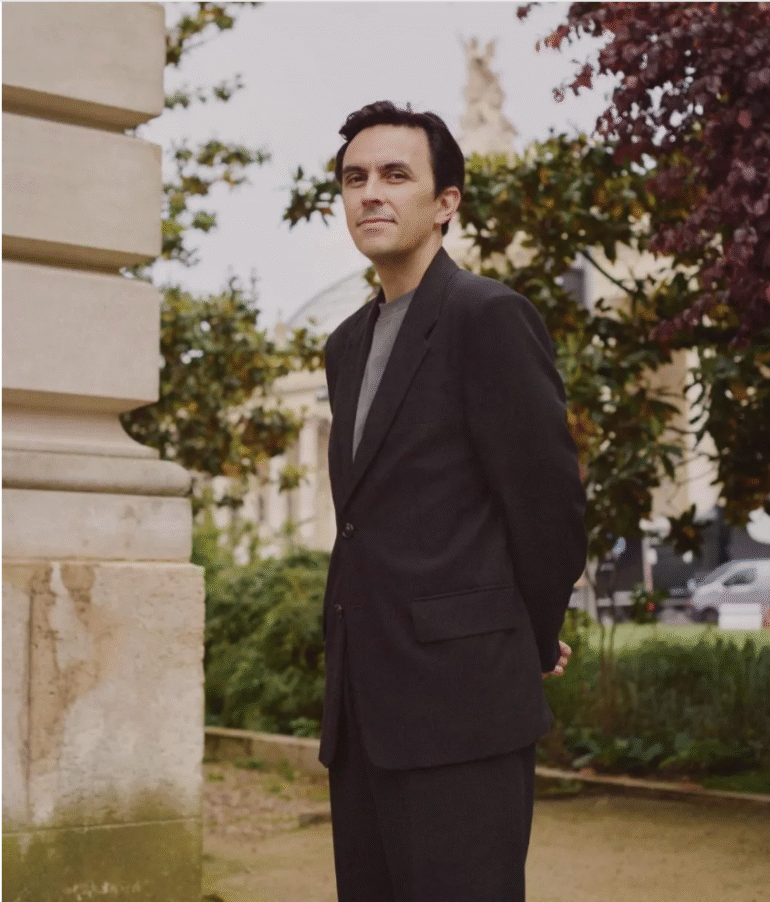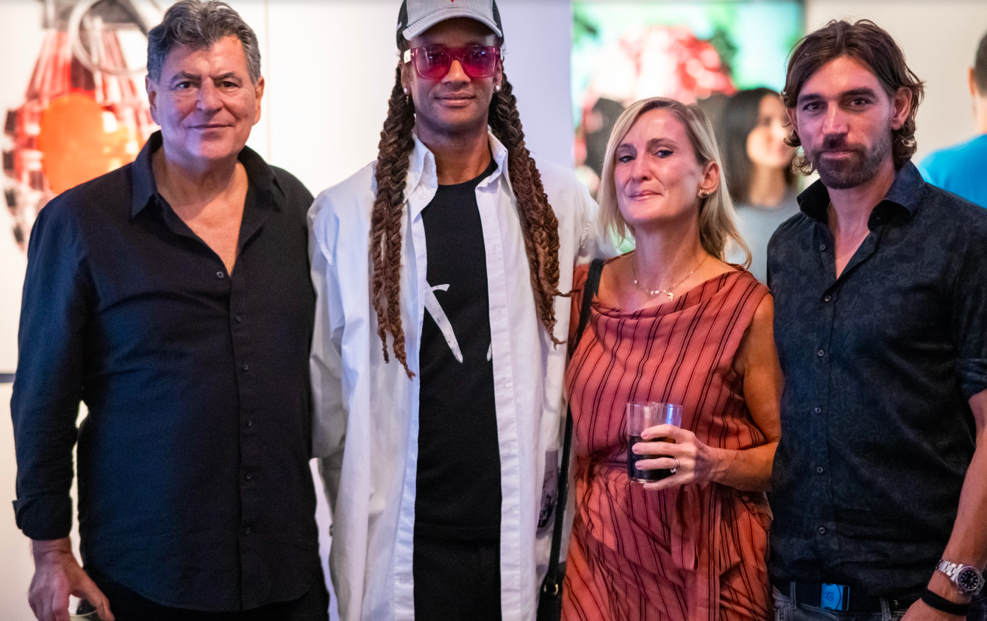Art Basel Paris 2025 features 206 top international galleries, including 180 in the main Galleries sector, highlighting the fair’s global reach and vitality of the Parisian gallery scene. A newly expanded Emergence section takes over the nave galleries with 16 solo presentations by rising artists, while the Premise section returns with nine curated booths featuring historical works.
Culturalee spoke to the Art Basel Paris director Clément Delépine.
This second edition of Art Basel Paris in the Grand Palais brings together 206 galleries from 41 countries, with a significant number of newcomers and a strong Parisian presence. How did you approach curating this international diversity while maintaining the fair’s deep connection to Paris’s own creative ecosystem?
What defines Art Basel Paris, above all, is dialogue—between the local and the global, between heritage and experimentation, between Paris and the wider world. From the outset, our ambition has been to shape a fair that is deeply rooted in the city’s creative DNA while reflecting the extraordinary diversity of today’s art world. Our Selection Committee—composed of both French and international gallery leaders—plays a crucial role in shaping that balance. They look closely at the constellation of galleries that reflects the strength, depth, and international reach of the French scene today: from emblematic names like Mennour, Crèvecoeur, Le Minotaure, and Sans Titre, to galleries such as Mariane Ibrahim and Thaddaeus Ropac, who have made the city their home. At the same time, Paris has always been a city open to the world. This year, we’re thrilled to welcome new voices such as Voloshyn Gallery from Kyiv and Château Shatto from Los Angeles, alongside long- time Art Basel exhibitors like Paula Cooper, Xavier Hufkens, and Lisson. That mix—of established figures and fresh perspectives, of proximity and distance—creates a certain dynamism that is essential. It’s what keeps Art Basel Paris alive and forward-looking, echoing the avant-garde spirit that has always defined this city. Each Art Basel show grows from its own ecosystem. In Paris, where art, fashion, design, and literature constantly intersect, our role is to create a platform that not only reflects that richness but amplifies it to the world.

Art Basel Paris positions itself as a reflection of Paris’s legacy as a hub for artists and the intellectual avant-garde. In what ways does this year’s edition—through its sectors, collaborations, and venue at the Grand Palais—expand on that vision and define Paris’s contemporary role in the global art landscape?
Paris is a city that has never stopped reinventing itself. Its cultural identity is both rooted and restless—it looks back and forward at once. This edition of Art Basel Paris seeks to mirror that duality: it celebrates the city’s extraordinary legacy while participating in its ongoing reinvention. You can feel that spirit everywhere at the fair this year. Our special sectors, Premise and Emergence, embody this idea especially—creating encounters between generations, between the canonical and the contemporary. They highlight artists who are in conversation across time and geography, revealing how Paris continues to shape and be shaped by global art histories. Beyond the halls of the Grand Palais, our Public Program—presented in collaboration with Miu Miu— extends this dialogue into the city itself, engaging with its streets, institutions, and public spaces.
Our Conversations program, guest-curated for one day by Edward Enninful, deepens this cross-disciplinary exchange, inviting influential voices from fashion, design, and culture to share the stage with artists and curators. And this spirit of collaboration continues with Oh La La!, the fair’s re-hanging initiative, art-directed this year by Loïc Prigent—a brilliant observer of fashion and cinema whose eye brings a distinct sense of wit and rhythm to the presentation. Together, these initiatives reflect that desire to engage with creative voices across disciplines. They expand the fair’s boundaries and transform it into a citywide platform of encounter. And of course, there’s the Grand Palais—this extraordinary architectural icon. To bring Art Basel Paris into such a monument of encounters, as I’ve called it, is profoundly meaningful. The Grand Palais is not merely a venue; it’s part of the story. Its vast glass roof, its history of modernity, its sense of openness— it all resonates with what we are trying to do: to create a fair that feels generous, porous, and alive.
As international galleries like Hauser & Wirth, David Zwirner, and White Cube deepen their roots in the city, alongside a thriving community of French galleries that continue to lead artistically and conceptually, Paris is once again asserting itself—not as a nostalgic capital of the past, but as a living, breathing hub of creation and exchange. In that sense, Art Basel Paris is both a reflection and an accelerant of what’s happening here. It’s about honoring the city’s remarkable history while taking part, fully and joyfully, in its future evolution.
Find information on Art Basel Paris here.



